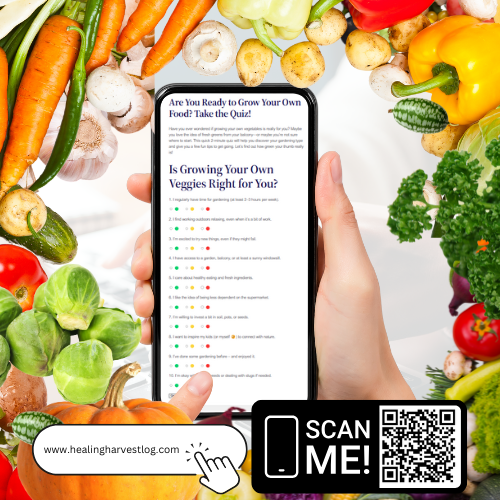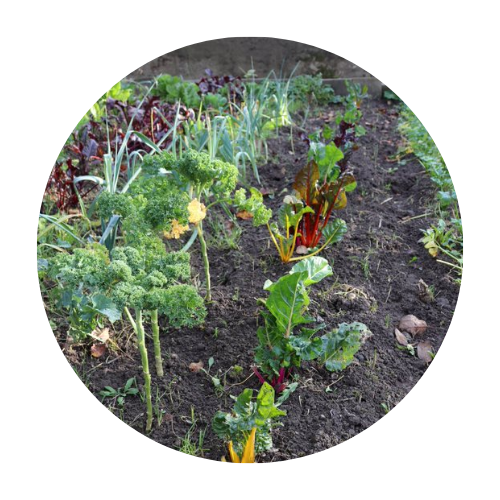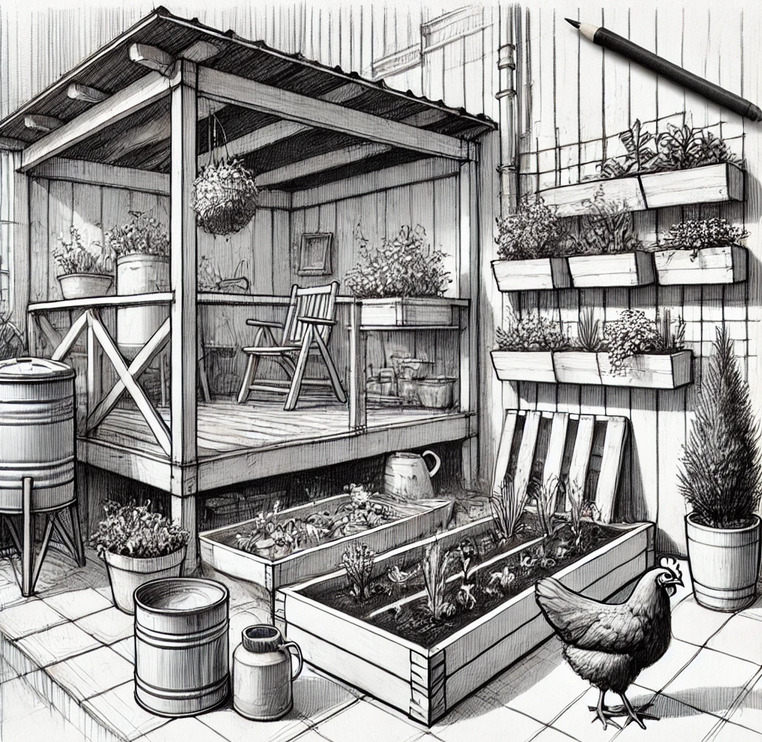Dreaming of a self-sufficient lifestyle? Here’s how to start homesteading—even on a balcony.
A Patch of Parsley, a Dream of Freedom
Emma started with a single pot. Just one. It held a struggling parsley plant, a few inches of soil, and a whole lot of hope.
Back then, she didn’t have a garden. Just a second-floor balcony that barely fit a chair. But the urge was there—that quiet tug toward something simpler, slower, more rooted. She didn’t know it had a name. Not yet.
Now she calls it homesteading.
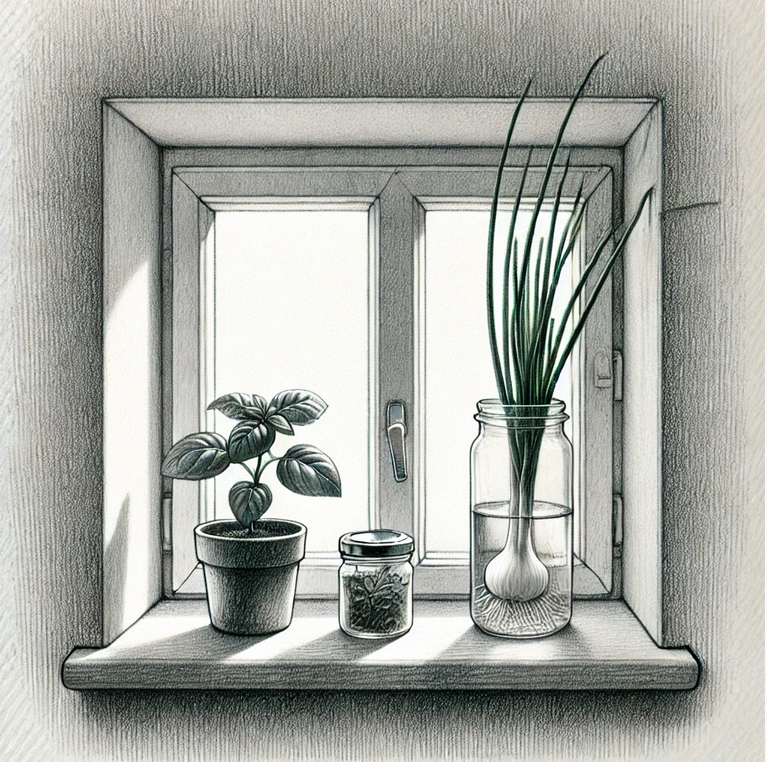
And it doesn’t start with land or livestock or a root cellar full of canned peaches. It starts with noticing. With growing one thing. With learning to make do with the space you have and the time you’ve got.
What Homesteading Really Means
Forget the big farmhouse and rows of chickens for a minute. Homesteading isn’t about acreage—it’s about mindset.
It’s about growing a tomato plant on your windowsill instead of buying one in plastic. It’s baking bread not because you have to, but because you want to know how. It’s choosing slow over fast. Homemade over store-bought. Real over rushed.
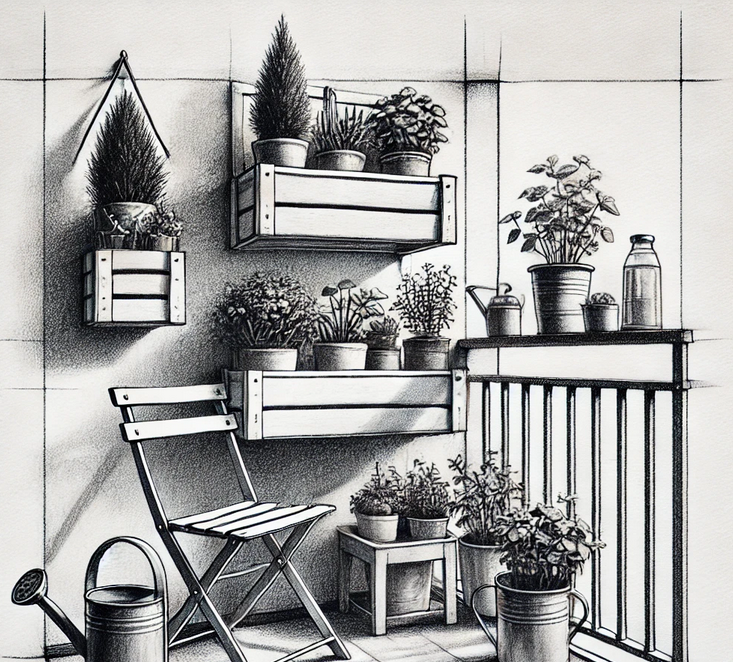
Emma learned that homesteading is possible even in a studio apartment. It’s in the herbs drying above the stove. The sourdough starter bubbling quietly on the shelf. The joy of turning kitchen scraps into compost—even if it’s just a worm bin under the sink.
And when space is tight, creativity blooms.
From Balcony to Backyard: Small Steps, Big Shifts
If Emma could start again, here’s what she’d say to herself—and to anyone dreaming of that first step:
- Start with what you eat. Grow herbs you reach for often. Basil, parsley, chives. A few pots can change how your kitchen feels.
- Learn one new skill each season. Maybe it’s making jam. Or learning how to save seeds. Or figuring out how to grow greens indoors in winter light. You don’t need to do it all at once.
- Use vertical space. Railing planters, hanging baskets, stacked crates. Emma once grew three types of lettuce in a single wooden wine box.
- Get to know your space. Does it get morning sun? Evening shade? Is it windy? Every little observation helps your small space grow smarter.
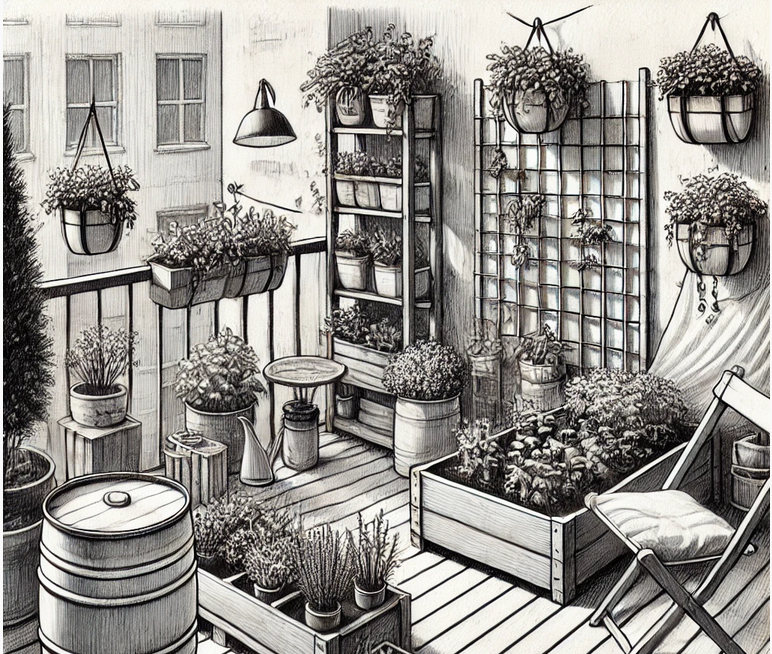
Homesteading isn’t a sprint. It’s a rhythm. A way of living with your space, not just in it.
The Magic of Enough
There’s a kind of magic that happens when you harvest something you grew yourself—even if it’s just a handful of mint leaves or your very first cherry tomato.
Emma remembers tasting that first tomato like it was a revelation. Still warm from the sun. Sweet. Real. It didn’t save her money. It didn’t feed her family. But it changed her.
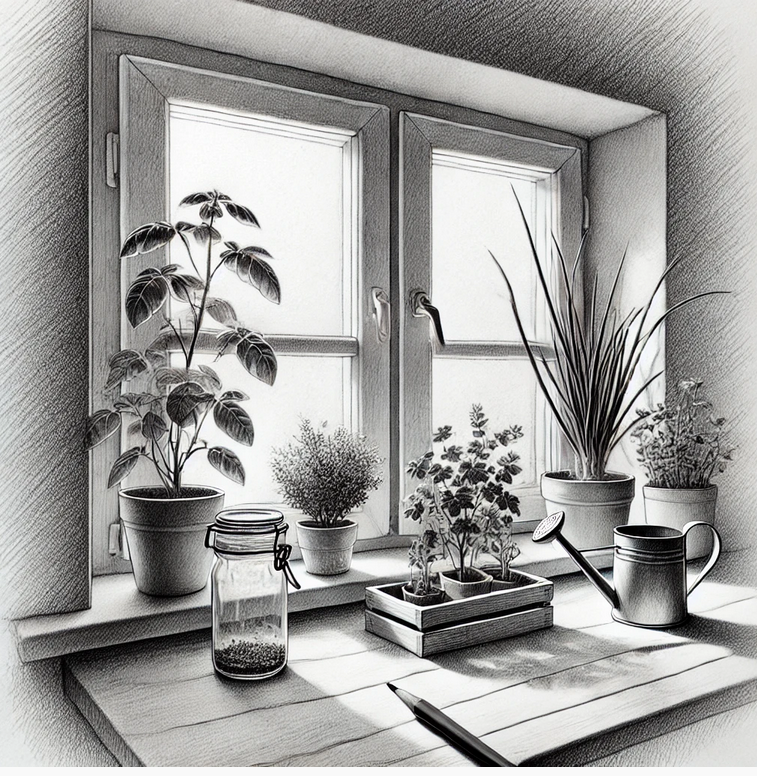
Because suddenly, she wasn’t just a consumer. She was a grower. A maker. A participant in something older and deeper than any city street.
And that’s the heart of it. Homesteading isn’t about how much you grow. It’s about how deeply you care for what you grow. How connected you feel to the process.
In that sense, even a balcony can hold a whole world.
Begin Where You Are
Emma didn’t wait for land. She started with soil in a pot and a dream that wouldn’t let go. Over time, her balcony became a garden. Her kitchen became a workshop. Her habits changed.
So if you’re reading this and wondering where to begin, the answer is: right where you are.
You don’t need more space. You just need a bit of curiosity, a willingness to try, and maybe a companion to guide your steps. Whether you’ve got three square feet or a sunny windowsill, you can start building your homestead—one leaf, one loaf, one little step at a time.
Do you want to see this story come to life? I’ve turned it into a short film – watch it here!
Curious if homesteading—or even just growing your own food—could work in your life?
You don’t need a big backyard or hours of free time. Whether you’ve got a tiny balcony, a busy schedule, or just a quiet pull toward something more grounded, my quiz was made for you.
It’s quick, it’s fun, and it’ll show you what kind of growing style fits your space, your energy, and your rhythm. From kitchen herbs to full-on veggie beds—this is your starting point.
Take the quiz here: CLICK. Because sometimes all it takes is one honest question—and a tiny seed—to grow something life-changing.
